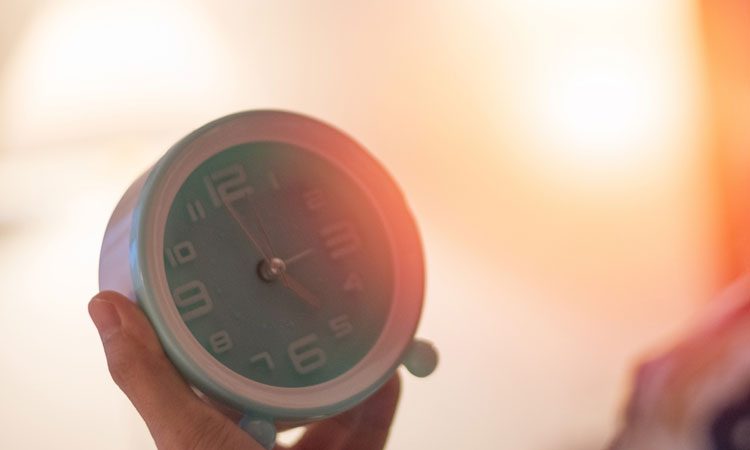Timing could be crucial when taking medication
Posted: 14 September 2018 | Iqra Farooq (Drug Target Review) | No comments yet
Researchers used a bioinformatic tool to suggest that circadian timing could be key to the success of certain drugs or therapies…


Researchers used bioinformatics tools to analyse thousands of human tissue samples, creating a new database of daily circadian rhythms in human gene activity.
The scientists, from Cincinnati Children’s Hospital Medical Centre, mention that their results could have have significant implications for a growing field of study called circadian medicine.
Circadian medicine is where the administration of medicine or therapies is timed to coincide with the body’s internal clock.
“We identified rhythms in gene expression across the body in a large and diverse group of people,” said Dr John Hogenesch, a senior investigator and a circadian biologist in the divisions of Human Genetics and Immunobiology.
“It doesn’t matter if you’re male, female, young or old, or what your ethnicity is, your body’s internal clock regulates half your genome. This includes drug metabolising enzymes, transporters, and targets. Now we are learning which drugs hit clock-regulated products and may benefit from optimising administration time in people.”
The researchers mentioned that additional studies are important before their finding can be translated into clinical practice.
“As most of these drugs are safe and approved, this process should go much faster than traditional drug discovery, which can take a decade or more,” Dr Hogenesch said.
The researchers faced the challenge of understanding how the circadian clock controls rhythms in humans – and applying this knowledge to clinical practices. They used a computer algorithm called cycling ordering by periodic structure, CYCLOPS.
This algorithm was used to study how the body’s internal clock regulates round-the-clock changes in gene activity in people. The researchers analysed the timing of gene-to-tissue interactions in the 13 tissue types from 632 human donors. Raw data was obtained from the Genotype-Tissue Expression (GTEx) Consortium.
“Overall this connects thousands of different drugs, both approved and experimental, to nearly 1,000 cycling genes,” said Dr Marc Ruben, the study’s first author. “We found that genes that cycle in the human cardiovascular system are targeted by many of these drugs.”
“It’s not as simple as taking your medication in the morning,” explained Dr Ruben. “One in six US workers are now shift workers, so while it may be morning for most, it is bedtime for some. We need a robust way to measure body time to account for this.”
The study was funded by the Cincinnati Children’s Hospital Medical Centre, the National Institute of Neurological Disorders and Stroke, and the National Human Genome Research Institute. It was published in Science Translational Medicine.
Related topics
Research & Development
Related organisations
Cincinnati Children's Hospital Medical Center, National Human Genome Research Institute, National Institute of Neurological Disorders and Stroke
Related people
Dr John Hogenesch, Dr Marc Ruben





